In today's rapidly evolving cybersecurity landscape, vulnerability management has become a critical aspect of software development. As organizations strive to secure their digital assets, the traditional manual approaches to identifying and mitigating vulnerabilities often fall short, leading to increased risks and potential breaches.
This is where artificial intelligence (AI) comes into play, revolutionizing the way developers handle vulnerability management. By leveraging the power of machine learning and automation, AI-powered tools are simplifying the complex and time-consuming tasks associated with identifying, assessing, and fixing security weaknesses.
Embracing AI in vulnerability management not only enhances the efficiency and accuracy of the process but also enables developers to focus on their core responsibilities—building innovative and secure applications. Let's explore how AI is transforming vulnerability management and empowering developers to create more resilient software.
What is AI in Vulnerability Management?
AI in vulnerability management refers to the application of artificial intelligence technologies to identify, assess, prioritize, and mitigate security vulnerabilities within an organization's IT infrastructure. By integrating AI into the vulnerability management process, organizations can automate and enhance various tasks, leading to more efficient and effective security measures.
At its core, AI in vulnerability management leverages machine learning algorithms to analyze vast amounts of data, including network traffic, system logs, and code repositories. These algorithms are trained to recognize patterns and anomalies that may indicate the presence of vulnerabilities, allowing for rapid detection and assessment.
One of the key advantages of AI in vulnerability management is its ability to continuously learn and adapt. As new vulnerabilities emerge and the threat landscape evolves, AI systems can update their knowledge base and refine their detection capabilities. This ensures that organizations stay ahead of potential threats and maintain a proactive security posture.
Moreover, AI-powered vulnerability management tools offer advanced risk assessment and prioritization capabilities. By analyzing the severity and potential impact of identified vulnerabilities, these tools can help organizations prioritize their remediation efforts based on the level of risk posed by each vulnerability.
AI also plays a crucial role in automating the remediation process. Once vulnerabilities are identified and prioritized, AI systems can suggest and even implement appropriate fixes, such as applying security patches or adjusting configuration settings. This automation streamlines the remediation workflow, reducing the time and effort required to address vulnerabilities.
Integrating AI into vulnerability management provides organizations with a comprehensive and intelligent approach to securing their IT infrastructure. By leveraging the power of machine learning and automation, AI-powered tools enable faster detection, accurate assessment, and efficient remediation of vulnerabilities, ultimately strengthening an organization's overall security posture.
As the cybersecurity landscape continues to evolve, embracing AI in vulnerability management becomes increasingly essential. Organizations that harness the capabilities of AI can stay ahead of emerging threats, protect their valuable assets, and ensure the resilience of their software development processes. With AI as a powerful ally, developers can focus on building secure and innovative applications while relying on intelligent tools to simplify and enhance vulnerability management.
How AI-Powered Fixes Simplify Vulnerability Management for Developers
AI-powered tools revolutionize vulnerability management by refining the processes developers use to identify and resolve security issues. These sophisticated systems employ advanced data analysis techniques to efficiently navigate extensive codebases, detecting potential vulnerabilities with a high degree of precision. By automating the initial phases of detection, developers can forego the exhaustive manual code inspections, thereby optimizing resource utilization.
With AI addressing the foundational aspects of threat detection, developers can concentrate on their core task—writing code. This transition from manual security verifications not only expedites development timelines but also elevates code integrity by minimizing the errors prevalent in manual evaluations. Developers can thus channel their efforts into crafting secure, cutting-edge applications without the distraction of iterative security verifications.
Automated systems bolster the speed and consistency of threat detection by maintaining continuous oversight of code and runtime environments. This vigilant approach ensures that vulnerabilities are swiftly identified and assessed, significantly reducing exposure and fortifying application security. As AI systems advance, their ability to incorporate insights from emerging threats and adjust to evolving security conditions ensures they consistently offer a robust and responsive security framework.
Step 1: Automating Vulnerability Detection
AI-driven systems revolutionize vulnerability detection by conducting thorough assessments of codebases to identify potential security risks rapidly. These systems employ sophisticated pattern recognition techniques, allowing them to detect vulnerabilities that might be missed by traditional methods. This advanced capability provides a robust layer of security, ensuring comprehensive coverage and protection against emerging threats.
In the realm of vulnerability management, AI's strength lies in its ability to predict and identify vulnerabilities across various systems, not just within isolated codebases. By integrating threat intelligence data, AI can discern complex interdependencies and potential exploits across networked environments. This holistic view enables organizations to preemptively address vulnerabilities before they can be exploited.
By automating the vulnerability detection process, AI minimizes the reliance on manual code reviews, which are typically resource-intensive and can introduce human error. This automation allows development teams to allocate their resources more efficiently, focusing on strategic tasks and innovation. The result is a streamlined workflow that enhances both productivity and security posture, ensuring that vulnerabilities are addressed swiftly and effectively.
Step 2: Improved Risk Assessment with AI
AI redefines risk evaluation by leveraging vast datasets to provide a more comprehensive analysis of potential threats. By synthesizing real-time analytics with historical and contextual data, AI can discern the severity and potential consequences of vulnerabilities more effectively than traditional methods. This capability ensures that security teams can focus their efforts on addressing the issues that pose the greatest threat to their systems.
The key to AI's advanced risk assessment lies in its ability to amalgamate diverse data sources—ranging from recent threat intelligence to intricate code base analyses. This holistic evaluation enables AI to prioritize vulnerabilities not merely on their presence but on the broader context of their potential impact. Consequently, developers can direct their attention and resources towards mitigating the most pressing vulnerabilities, thereby enhancing the overall security infrastructure.
For developers, AI's insights translate into precise, actionable guidance on which vulnerabilities warrant immediate action. By delivering tailored recommendations, AI allows development teams to implement strategic fixes that bolster system defenses. This targeted approach not only streamlines the remediation process but also fortifies the organization's security posture against evolving threats.
Step 3: Efficient Patch Management
AI-driven systems revolutionize patch management by transforming it into an intuitive process that bolsters security with minimal disruption. These systems autonomously assess the environment and apply essential updates, guaranteeing that all software components remain fortified against vulnerabilities. By adopting this proactive approach, organizations not only strengthen their security defenses but also enhance operational efficiency by reducing the need for manual oversight.
The seamless deployment of patches is key to minimizing system disruptions. AI systems ensure that updates are distributed effortlessly across various environments, maintaining synchronization and security across all components. This capability is vital for preserving business continuity, as it diminishes the risk of service disruptions that can arise during manual patch implementations. Automating these updates enables organizations to uphold a resilient security posture while maintaining optimal performance and availability.
AI systems excel in prioritizing patch applications by leveraging comprehensive risk assessments and threat intelligence. By evaluating the urgency and impact of vulnerabilities, these systems determine which updates require immediate attention, effectively narrowing the window of exposure to potential threats. This strategic patch management approach ensures that critical vulnerabilities are addressed swiftly, reinforcing the organization's security infrastructure and protecting valuable digital assets.
Step 4: Continuous Learning and Adaptation
AI systems are designed to evolve, leveraging insights from previous security encounters to enhance future defense mechanisms. By continuously processing data from past vulnerabilities, these systems refine their algorithms, becoming more adept at identifying and neutralizing threats. This iterative improvement process turns AI into a progressively more effective tool for safeguarding digital environments.
Utilizing up-to-the-minute data and comprehensive threat analysis, AI systems dynamically adjust their threat detection strategies. By integrating the latest information on vulnerabilities and attack methods, AI ensures that its defenses are as current as possible. This capability allows organizations to anticipate and address potential security issues before they develop into significant threats.
For developers, this dynamic adaptability translates into a more secure development process. AI provides actionable intelligence that supports informed decision-making and strategic planning in risk management. This integration of AI's adaptive learning with development practices not only addresses immediate security concerns but also strengthens the resilience of applications against future vulnerabilities, ensuring a robust and secure development environment.
Tips on Leveraging AI for Vulnerability Management
1. Integrate AI Tools Early in the Development Cycle
Incorporating AI solutions at the inception of the development process is crucial for identifying and mitigating security risks at their source. By embedding AI-driven vulnerability management within the early stages, teams can swiftly address potential issues before they escalate. This proactive integration not only aligns security measures with development progress but also fosters a culture of vigilance and resilience.
With AI tools analyzing code in real-time, developers receive immediate insights, enabling adherence to security best practices from the start. This integration ensures that applications are built on a secure foundation, streamlining workflows and enhancing the overall security posture.
2. Continuously Update AI Systems with the Latest Threat Intelligence
To maximize their effectiveness, AI systems require regular updates with contemporary threat intelligence. This continuous influx of data empowers AI models to remain adept and responsive to the evolving threat landscape. By incorporating the latest insights, organizations enhance their ability to predict and counteract emerging vulnerabilities.
The regular updating of AI algorithms ensures they remain attuned to the latest trends in cyber threats. This dynamic adaptability is key for sustaining a robust security stance, enabling AI tools to anticipate vulnerabilities and suggest proactive measures.
3. Use AI to Complement, Not Replace, Human Expertise
AI serves as a powerful ally when used to enhance human expertise rather than replace it. By combining AI's analytical capabilities with the strategic insight and judgment of security professionals, organizations achieve a balanced approach to threat management. This collaboration strengthens decision-making processes and allows for nuanced responses to complex security challenges.
AI excels in processing vast amounts of data and generating actionable insights, which allows human experts to focus on strategic planning and in-depth analysis. This synergy ensures that both AI and human resources are optimized, creating a comprehensive and effective security strategy.
As you embark on your journey to simplify vulnerability management and fortify your software development process, remember that AI is a powerful ally in your quest for enhanced security. By harnessing the potential of AI-powered tools, you can streamline your workflows, mitigate risks, and focus on what truly matters—building innovative and secure applications. Start for free today and let us help you revolutionize your approach to vulnerability management, ensuring a more secure and resilient future for your organization.




.jpg)
.svg)

.jpg)
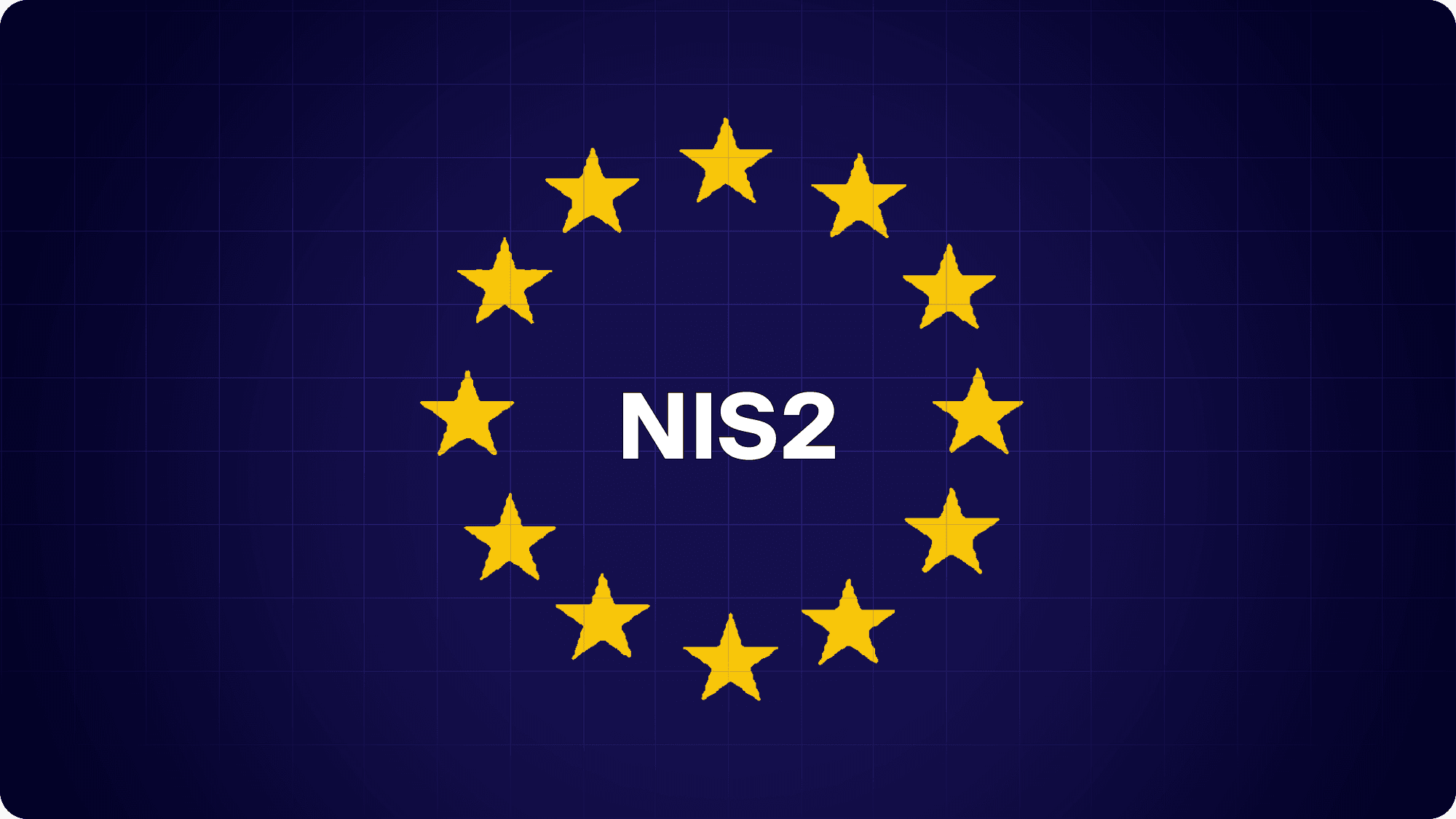
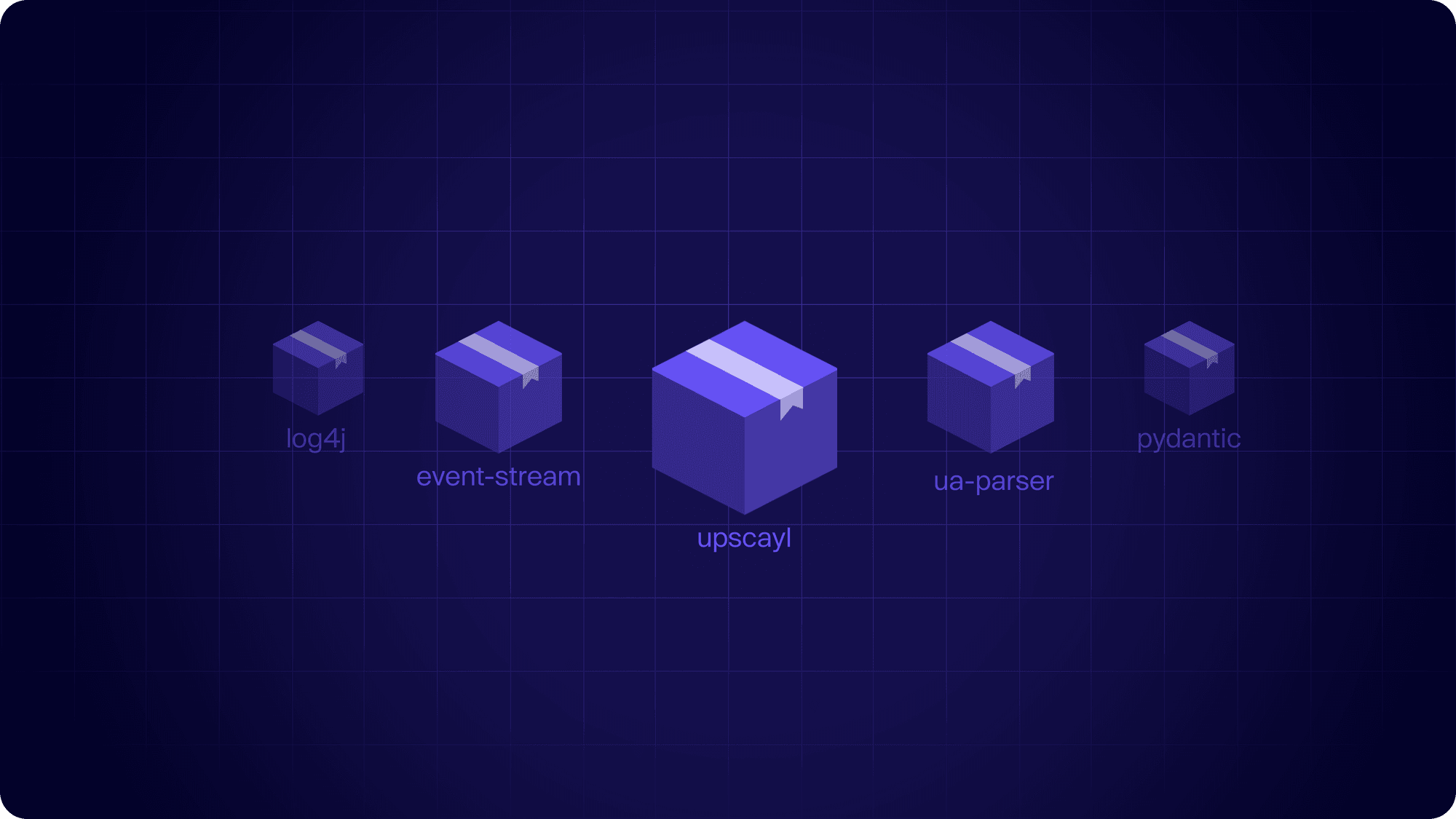

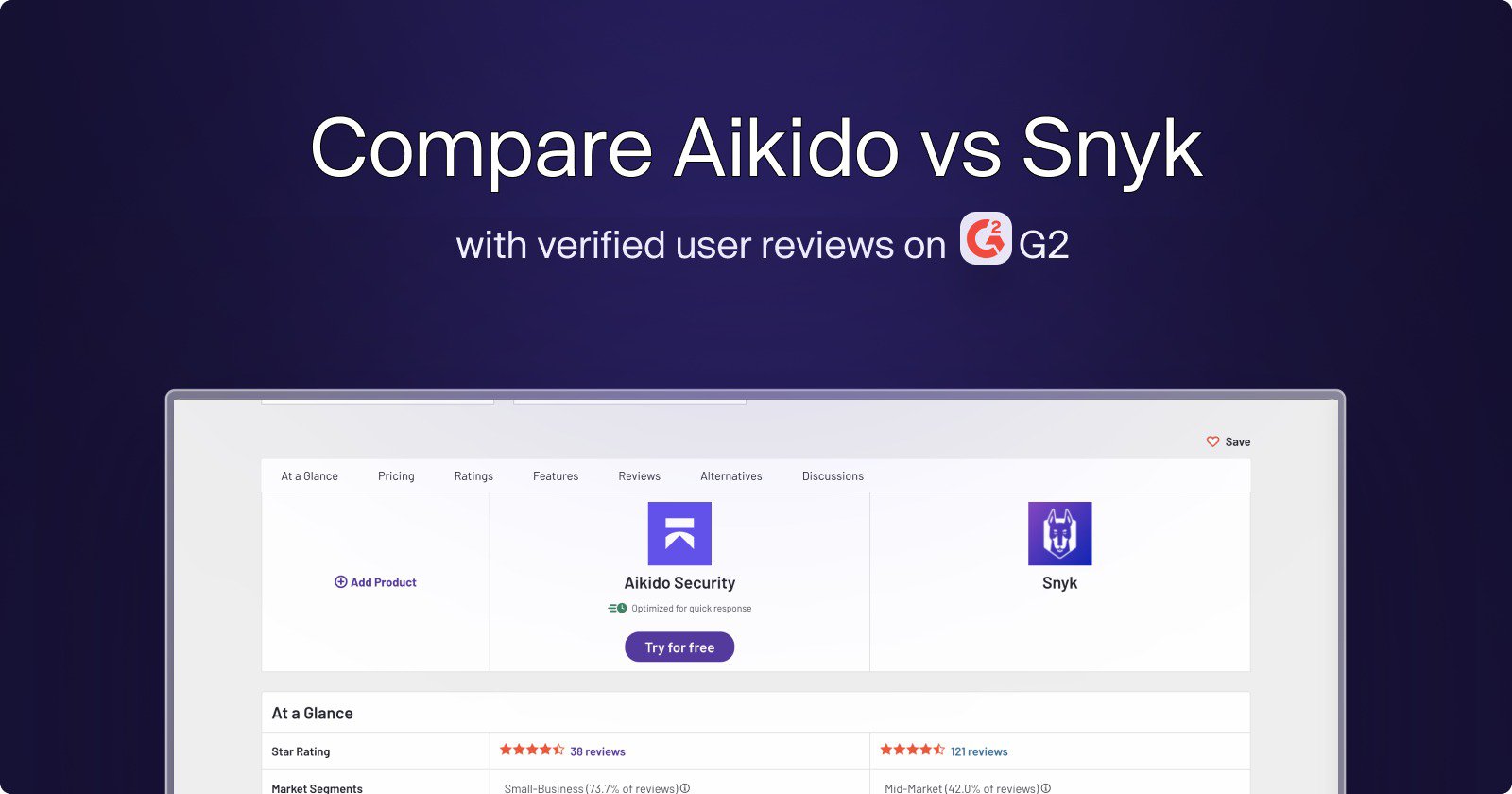
.jpg)
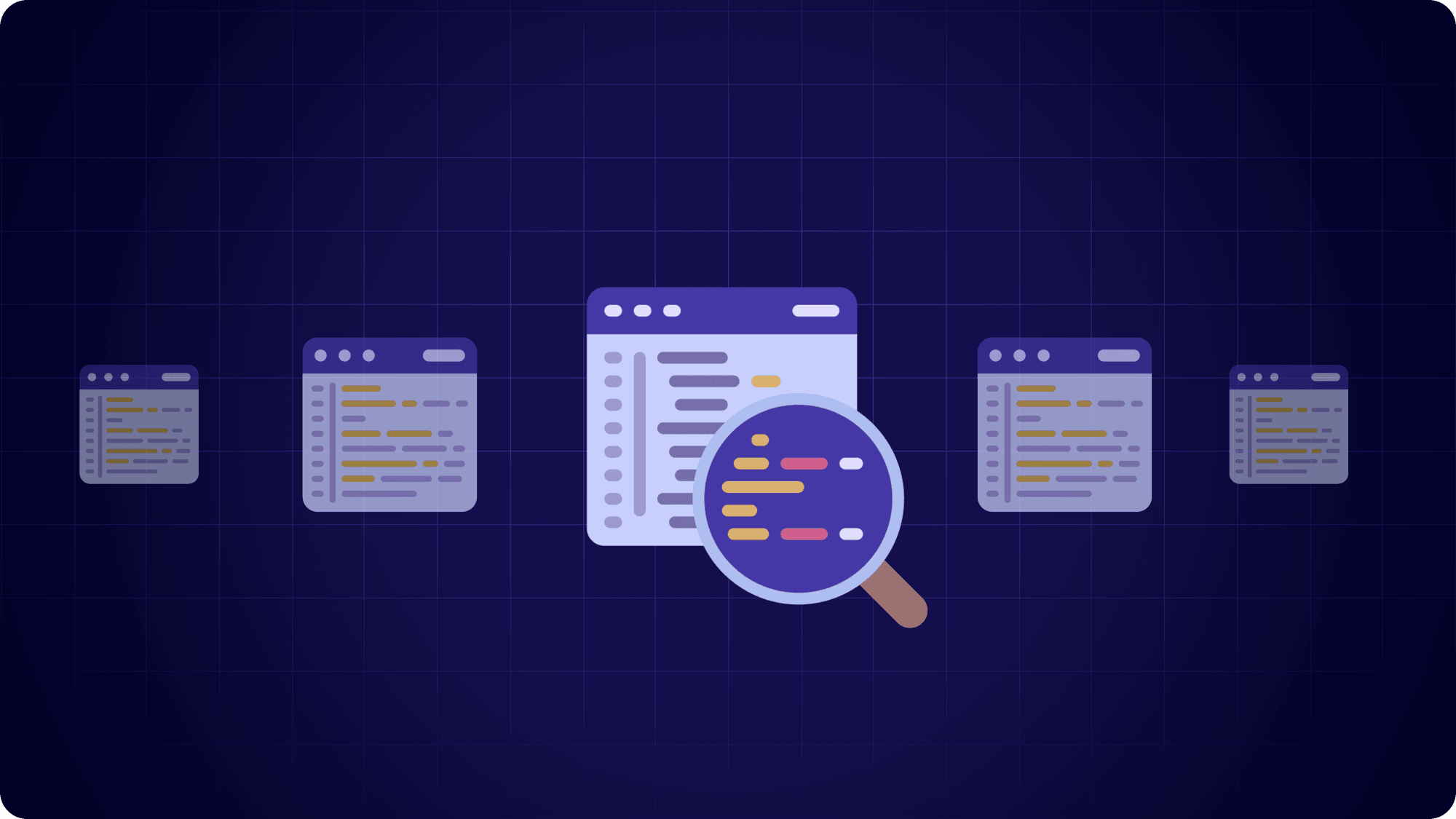
















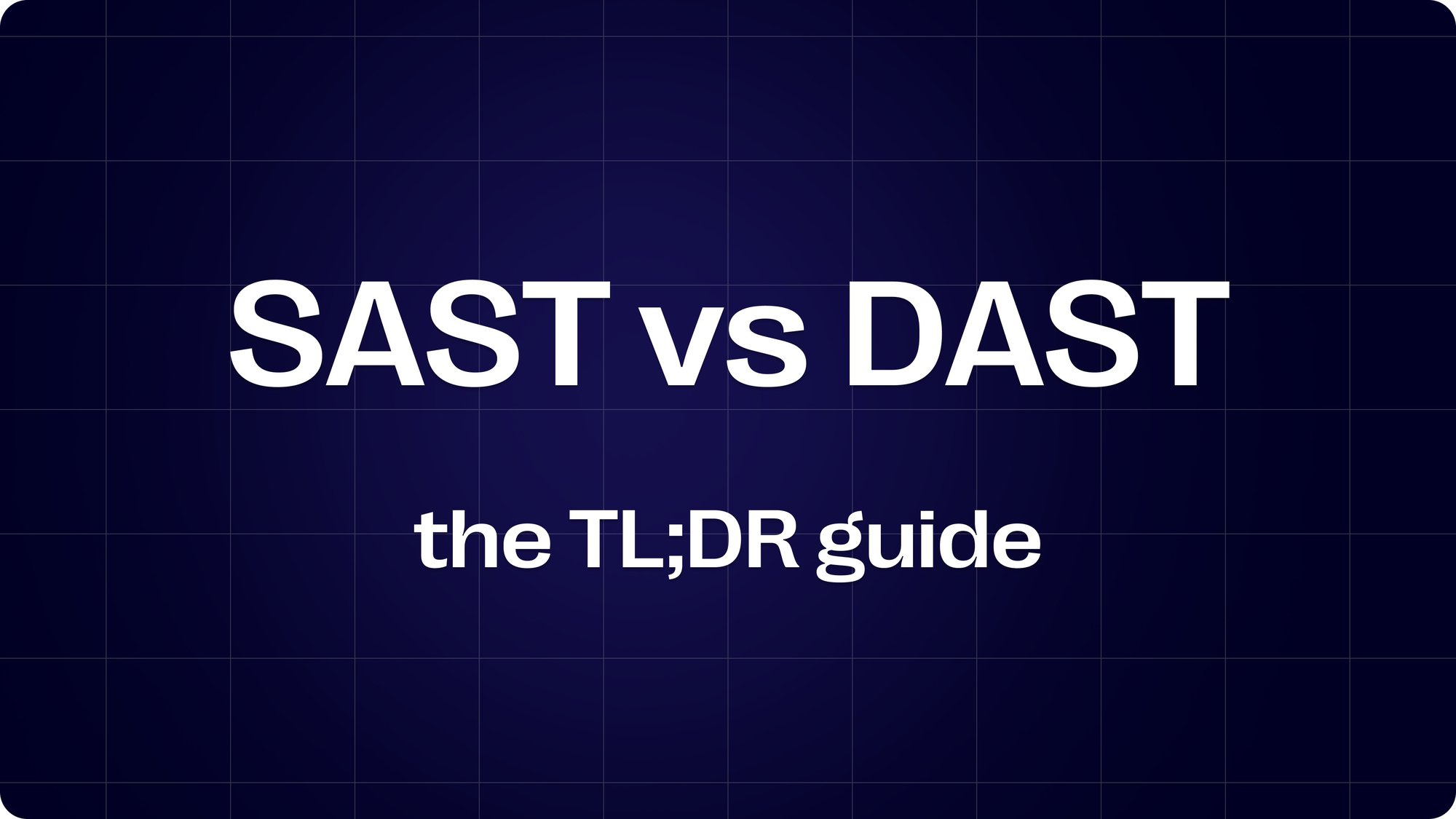





.jpg)































